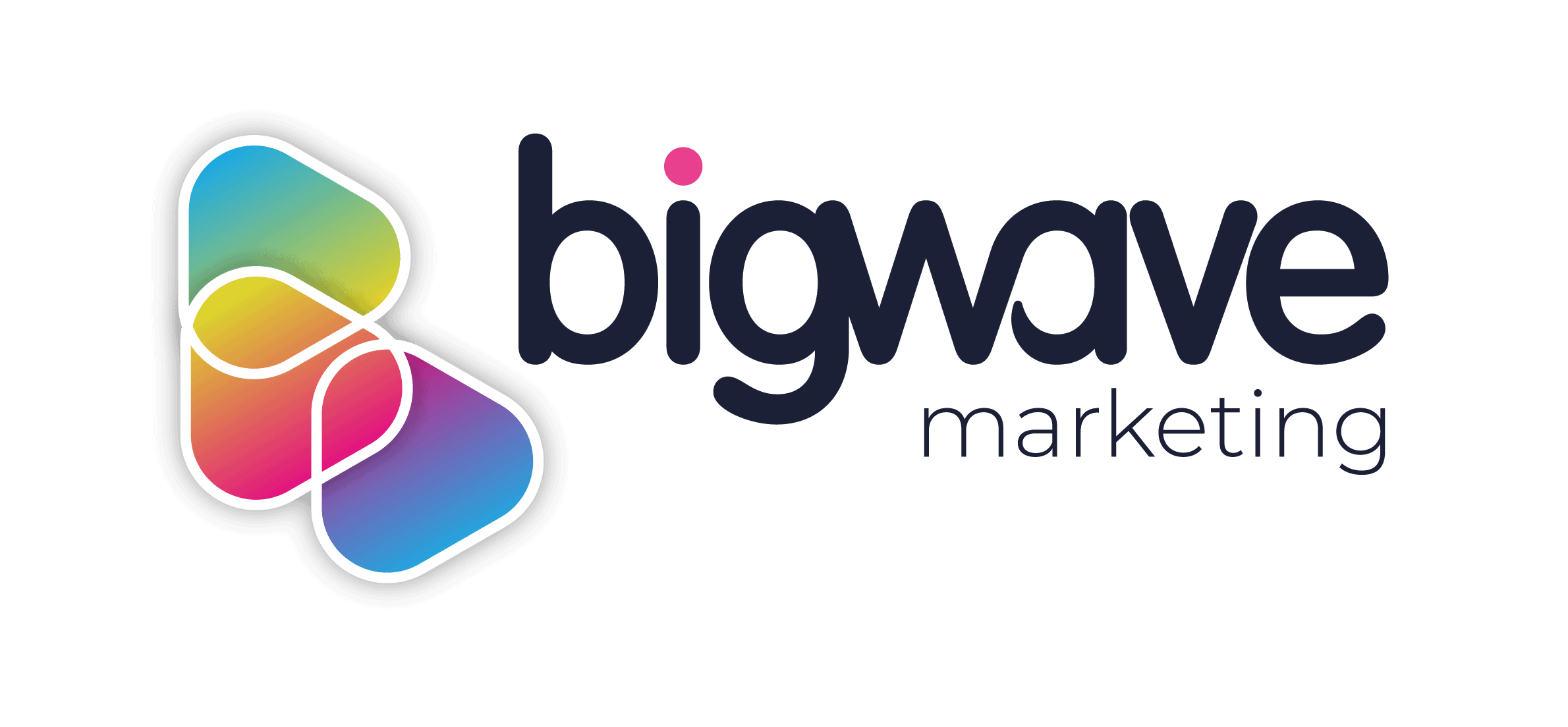Honest customer feedback which can be absorbed, acted on and ultimately used to stay ahead of competition is one of the most powerful devices at an organisation’s disposal. Capture the true ‘voice of the people’ and you’ve struck gold. However, overcoming the obstacles associated with encouraging customers to open up can be challenging. Here are 5 key ways to acquire that all-important customer feedback:
1. Incentives
Your customers’ time is valuable, so providing them with something in return will maximise interest. Whether you opt for a standalone prize – for example the chance to win a free personal training session, or something for each participant – for example a complimentary hot drink whilst they fill out a survey, both options are likely to sway their willingness to participate. Why not use it to your advantage and hand out company branded sports flasks for additional exposure? Whatever you choose, be creative.
2. Online Monitoring
You don’t always have to ask. The wonders of online conversations on social media platforms and review sites alike create a window of opportunity for a spot of eavesdropping. Do some digging: check up on your company’s Twitter mentions, keywords and relevant hashtags. What are people saying about you? This indirect approach is one of the easiest ways to gain truly honest customer opinions. Listing your organisation on TripAdvisor and using its Review Express email facility to pro-actively encourage visitors to write a review is also a highly effective method of gaining honest feedback.
3. Surveys
Whether your survey is conducted online or using feedback forms in person, timing is key. If you are planning to approach customers face-to-face, pick a moment immediately after a customer has experienced your product or service so that it will be fresh in their mind. If the opportunity to fill out a 10 minute survey arises on their lunch break when they have just walked into your facility, they are likely to be rushed and uninterested. Think about how you ask. Make the questions as clear and concise as possible, whilst also avoiding the use of leading questions such as “How have our personal trainer sessions benefited you?” – opting instead for, “What are your thoughts towards our personal trainer sessions?”
4. Customer-facing staff
Your greatest source of information about day-to-day customer reactions, personal conversations and first hand experiences of situations involving customer satisfaction comes from the people who deal with them first-hand. By addressing the subject of customer feedback at regular staff meetings or keeping a record which can be updated as events occur, you are able to keep track of situations as they arise – straight from the front line.
5. Mystery Shoppers
If you can’t gain feedback from ’em, join ’em. Mystery shoppers provide a professional, impartial service, putting themselves in the customer’s shoes to experience the overall customer journey for themselves. This is the crème de la crème of customer satisfaction methods. The mystery shopper will operate as a critical friend and deliver thorough reports that will enable your company to find out exactly what you want to know, whilst bypassing any potential issues related to gaining feedback from real customers.
And don’t forget…
Combined Effort
All five of these methods carry great benefits for gaining invaluable customer insight. By varying your approach to include a combination of channels, feedback facilities and timings, you are more likely to gain a representative feedback sample – ultimately strengthening its credibility.
Here at Bigwave media we offer a range of services to help you gain customer insight and illicit that all important customer feedback including mystery shopping, design and business development.
To find out more get in touch, or tweet us @bigwavemedia. This year we are also launching Insight 2015, a new series of marketing and customer insight seminars, designed to provide attendees with the tools needed to enhance the customer experience decisions they make.

